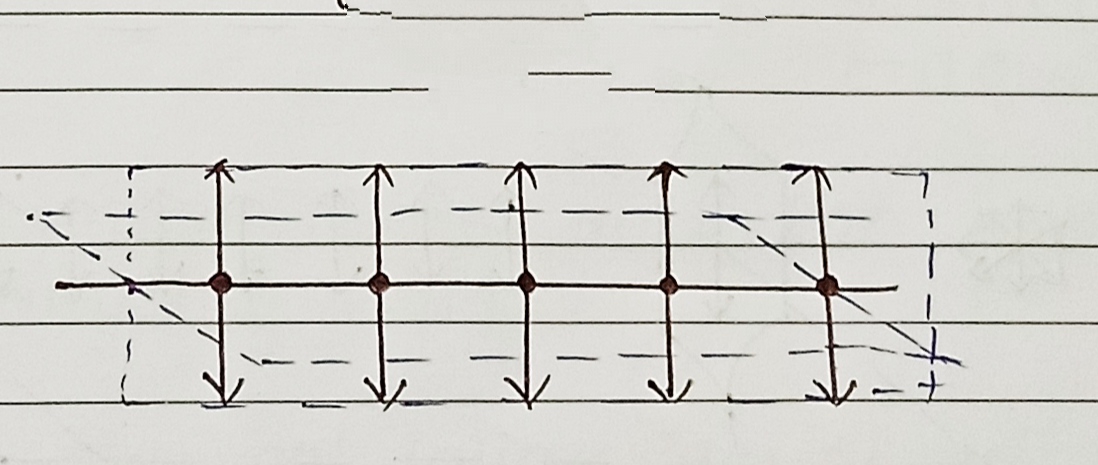Light is a electromagnetic radiation.
One ray obey law of refraction and is same in all directions is known as ordinary ray.(O ray)
Polarisation of light: When unpolarised light transforms into polarised light then the process is known as polarisation of light.
Plane of vibration:Plane contains the direction of propogation of light and direction of vibration of light.
From Fig.ABCD is the plane of vibration.
ABCD perpendicular to EFGH.
Plane of polarisation: This plane contains only direction of propogation of light.
From Fig.EFGH is the plane of polarisation.
Doubly refracting crystal:There are certain crystal by which two types of plane polarised light rays are obtained when unpolarised light incident upon it. Such type of crystals are known as doubly refractive crystal.
Ther are two types of doubly refractive crystals:
1) Uniaxial: It has single optical axis.
Ex: Calcite; quartz.
2) Biaxial: It has two optical axis.
Ex: Topaz; Aroganite.
Double refraction phenomenon
When unpolarised light is incident on the doubly refracting crystal then two types of plane polarised light rays are obtained.
Such type of phenomenon of refraction is known as double refraction phenomenon.
In two types of refracting rays,
One ray does not obey law of refraction and it's velocity is different in different direction is known as extraordinary ray.(E ray)
Birefractive Property: It depends upon refractive index, the polarisation of light and direction of polarised light.







Comments
Post a Comment